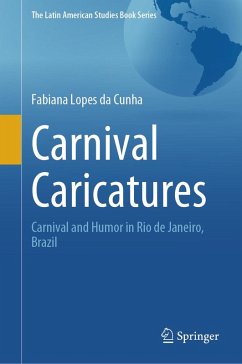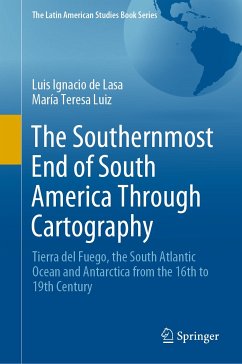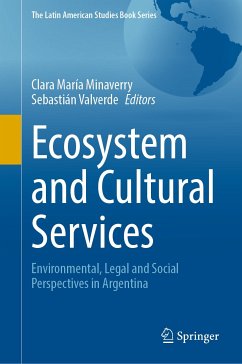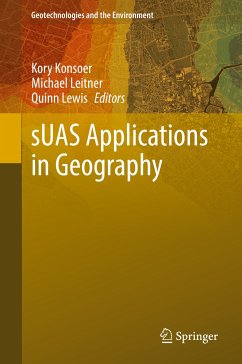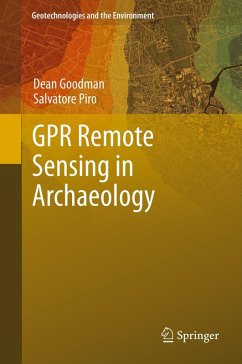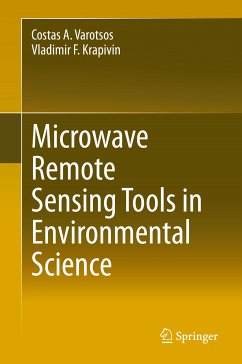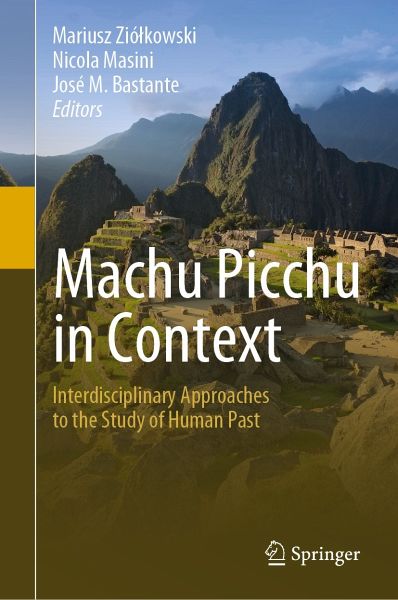
Machu Picchu in Context (eBook, PDF)
Interdisciplinary Approaches to the Study of Human Past
Redaktion: Ziólkowski, Mariusz; Bastante, José M.; Masini, Nicola
Versandkostenfrei!
Sofort per Download lieferbar
104,95 €
inkl. MwSt.
Weitere Ausgaben:

PAYBACK Punkte
52 °P sammeln!
This book aims at integrating archaeology with science in order to provide additional information with respect to a traditional archaeological anthropological perspective. It sheds light on Incan culture, the relation between human frequentation and environmental changes, the Incan architecture in relation with Andean cosmovision using, for the first time, diverse technological and scientific approaches including LiDAR remote sensing, geophysics and radio carbon dating. A number of recent studies conducted by Polish, Italian and Peruvian scientific missions in Machu Picchu, Chachabamba and Cus...
This book aims at integrating archaeology with science in order to provide additional information with respect to a traditional archaeological anthropological perspective. It sheds light on Incan culture, the relation between human frequentation and environmental changes, the Incan architecture in relation with Andean cosmovision using, for the first time, diverse technological and scientific approaches including LiDAR remote sensing, geophysics and radio carbon dating. A number of recent studies conducted by Polish, Italian and Peruvian scientific missions in Machu Picchu, Chachabamba and Cusco are presented and discussed.
Chapter 5 is available open access under a Creative Commons Attribution-ShareAlike 4.0 International License via link.springer.com.
Chapter 5 is available open access under a Creative Commons Attribution-ShareAlike 4.0 International License via link.springer.com.
Dieser Download kann aus rechtlichen Gründen nur mit Rechnungsadresse in A, B, BG, CY, CZ, D, DK, EW, E, FIN, F, GR, HR, H, IRL, I, LT, L, LR, M, NL, PL, P, R, S, SLO, SK ausgeliefert werden.




